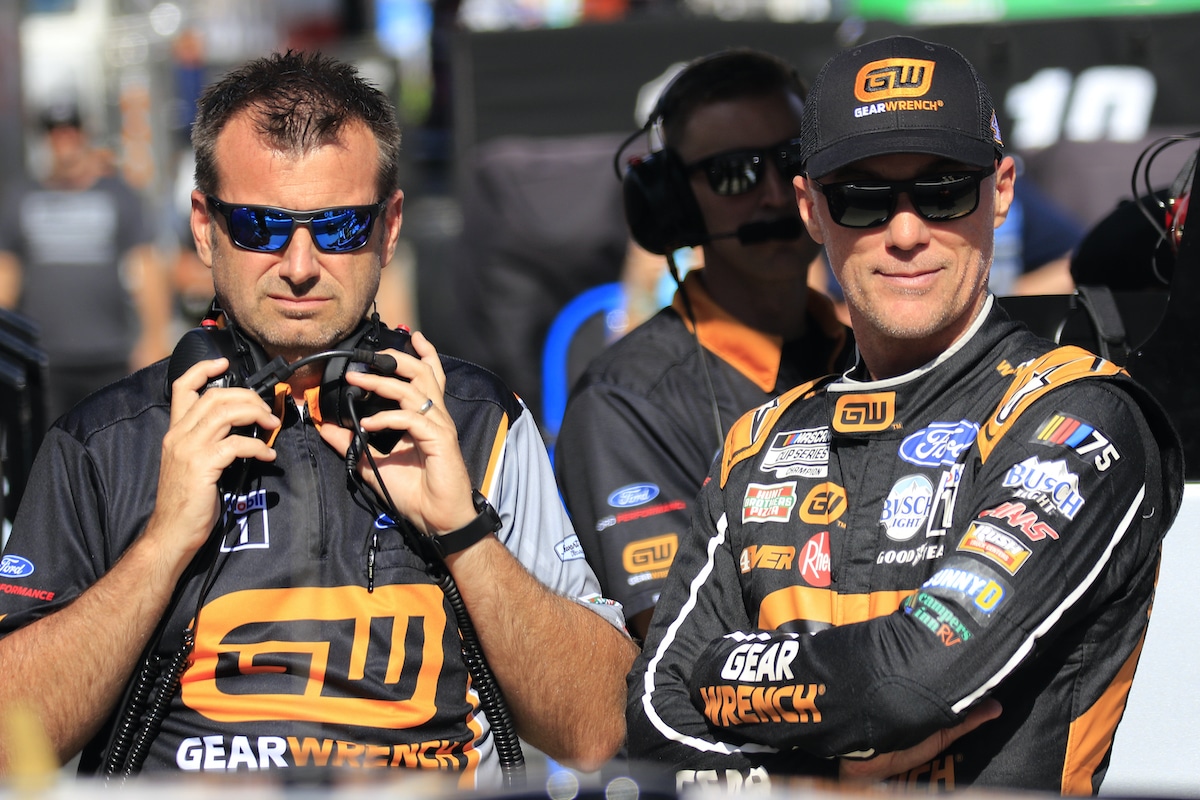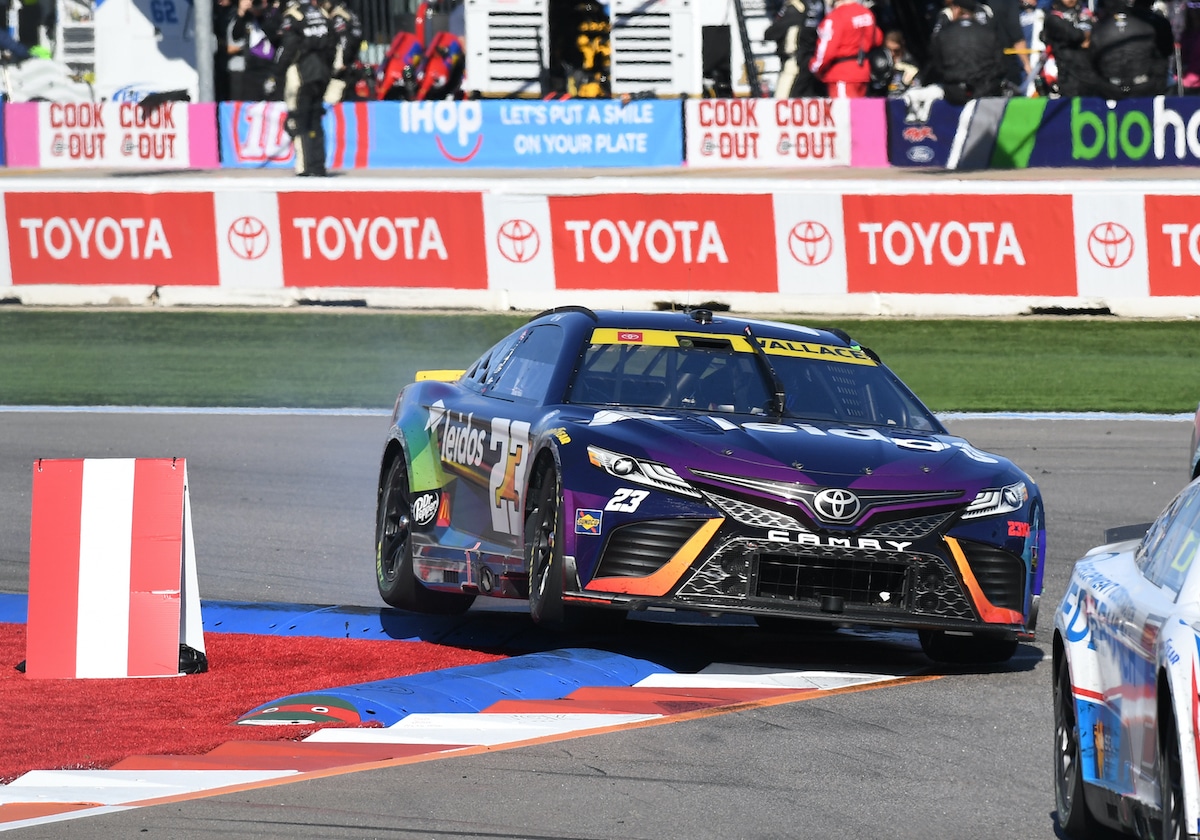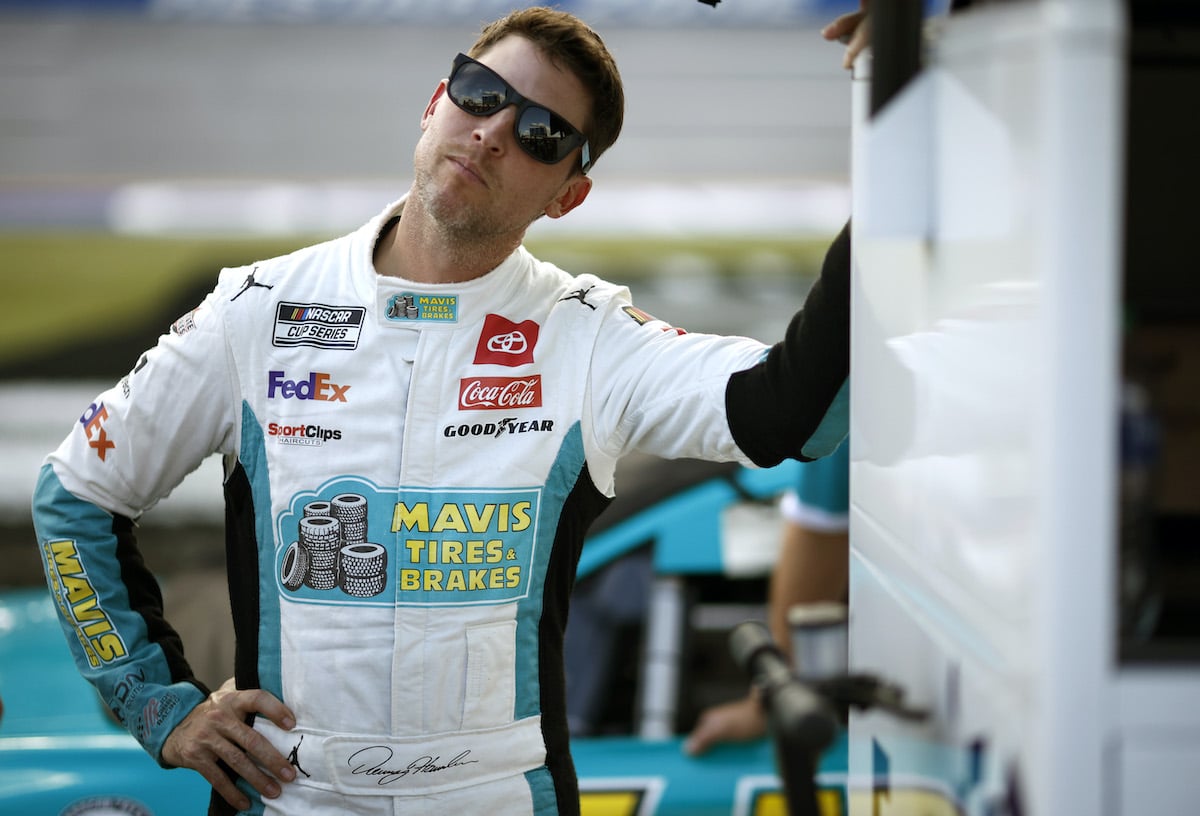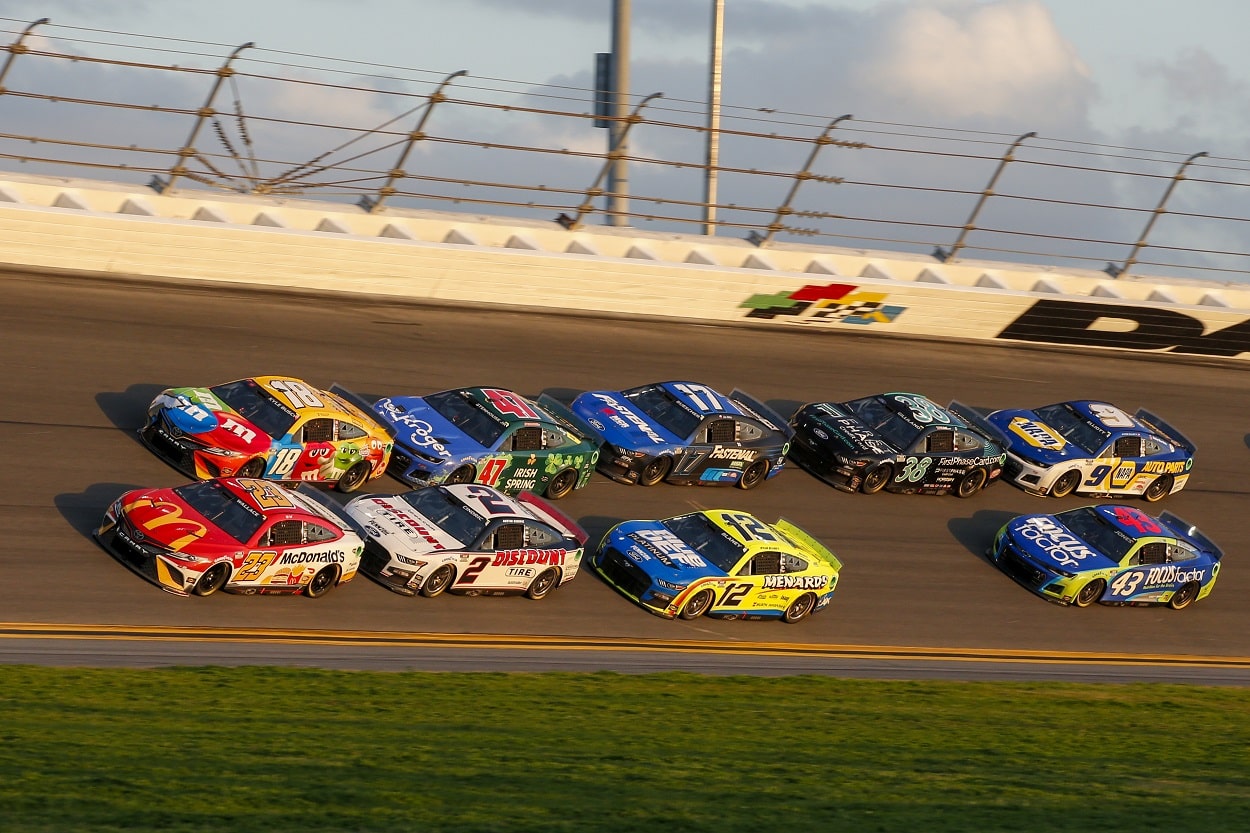
The Next Gen Car Is Starting to Deliver a Long-Term Benefit, One That Impacts the Daytona 500
The Next Gen car model NASCAR introduced for the Cup Series in 2022 brought with it hope of changes on both the competition and business sides of the sport. Some have already happened, while others are still pending. But the 2023 Daytona Speedweeks could showcase one of the car’s early benefits.
NASCAR executives touted the potential of the new car’s ability to increase the parity in the sport thanks to new aerodynamic features on the car, as well as a requirement that all cars get purchased from a single supplier rather than having each team build its cars from the ground up.
The Next Gen car brought more parity to the Cup Series
That part of the equation certainly came true. The series tied a record with 19 different winners throughout the season, including five who had never before won a Cup Series race. No driver won more than five races, and the playoffs featured drivers from seven different organizations.
Drivers for smaller teams, such as Erik Jones with then-Petty GMS Racing and Chris Buescher with RFK Racing, won races during the playoffs even though they had missed out on the 16-driver postseason field.
The business side of the Next Gen car era is still murkier. Teams likely found ways to reallocate the money they were spending developing their own cars. And there is a decent chance the large organizations will regain some of their previous advantages now that they have had an entire offseason to spend with Next Gen cars in their shops.
Still, the barrier to entry is smaller than it had been previously. Denny Hamlin and Michael Jordan created 23XI Racing in 2021 with the idea that the Next Gen car would allow a new organization to compete much more quickly than it would have in the past.
Seven other part-time independent teams fielded at least one car in a race last year, as well. That was up from five the year before, and that group could swell to as many as 10 this year.
The revamped schedule that included significantly more road courses has also helped boost that number, as teams have been able to find road-course specialists to fill a seat in one-off events, but the Next Gen car has played a substantial role, as well.
Daytona Speedweeks are a showcase race for the sport
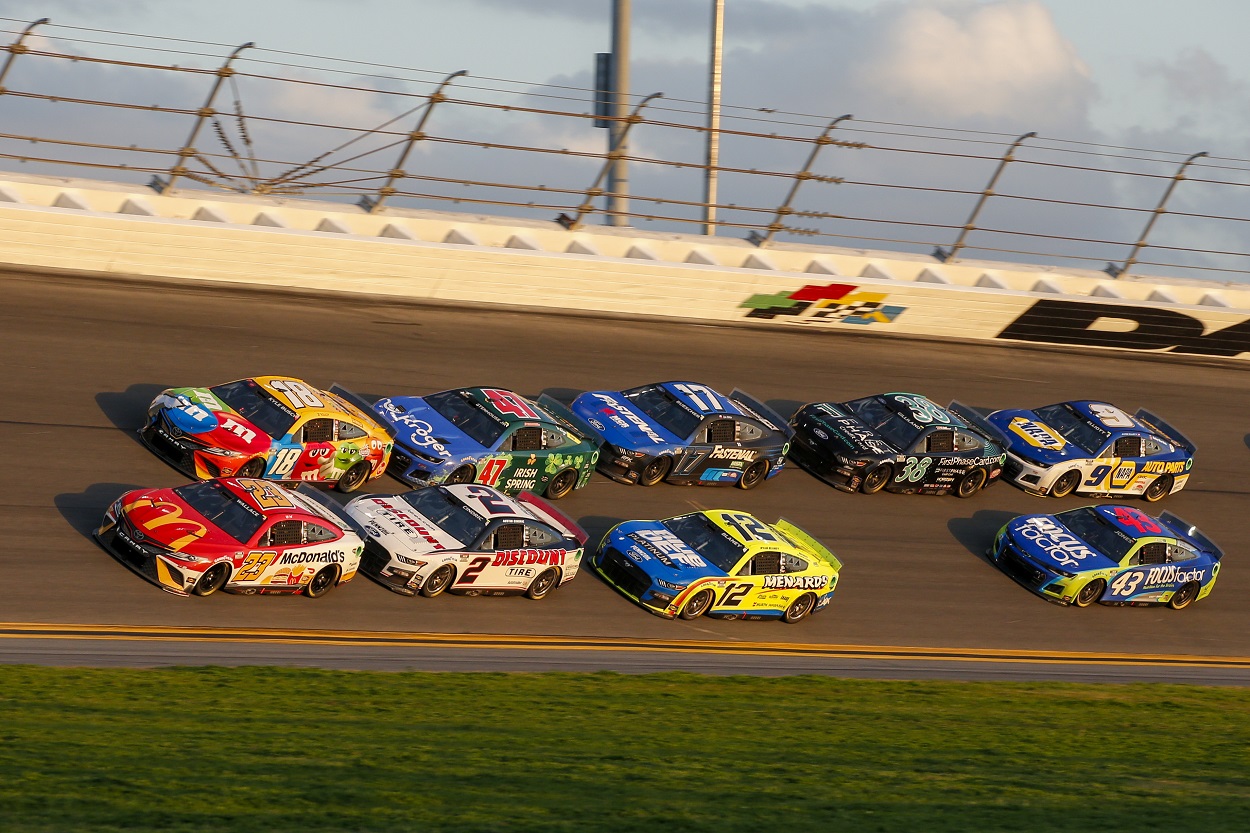
The Daytona 500 is the most famous and prestigious race of the season, so it typically draws more teams than a run-of-the-mill race stashed in the middle of the schedule. It also pays out significantly more to teams who make the field, which provides incentive for part-time teams to take their shot at making what is now a 40-car field.
The field used to include 43 starters, but NASCAR cut that number by three in 2016 when it implemented a charter system. That setup gave 36 teams guaranteed starting spots for each race, with the remaining four spots open for any other team that attempted to qualify for the race.
That severely cut down the number of teams that came down to Daytona Beach in mid-February for Speedweeks. The 2015 Daytona 500 had 50 cars show up to try to make the race, which added some tension and electricity to Daytona 500 qualifying and the Duel qualifying races since several teams had to race as hard as possible just to make the big event.
The luster of the Speedweeks’ preliminary events then began to disappear. Only 40 cars showed up for the 2018 Speedweeks, so qualifying and the Duel races were left merely to decide the starting order for the race on Sunday.
The charter system, combined with the continued rising cost of operating a team, made it unfeasible for smaller teams to put in the resources required to build a car that may or may not even get to start the race.
Several more part-time teams may attempt to qualify for the 2023 Daytona 500
The pendulum has potentially started to swing back the other way, however. Five teams have already announced plans to enter a car that does not have a charter in the upcoming Daytona 500.
23XI announced last week that it would field a car for Travis Pastrana in an attempt to qualify for “The Great American Race.” Legacy Motor Club, which is the rebranded Petty GMS Racing, will put Jimmie Johnson in a car for the Daytona 500.
Front Row Motorsports plans to add a car for reigning Truck Series champion Zane Smith to run the season opener, Kaulig Racing will enter Chandler Smith in its No. 13 car, and Beard Motorsports will continue the part-time schedule it has had in recent years with Austin Hill behind the wheel for a Daytona 500 attempt.
Those are the confirmed open cars for this year’s edition of Speedweeks, and possibilities still exist that IndyCar driver Helio Castroneves will find a ride for his first Daytona 500 attempt. And as many as six other part-time teams at least have a Next Gen car in stock that they could bring down to Daytona.
Suddenly, the intensity could be back for all the events that fill one of the greatest weeks on the NASCAR schedule thanks to the Next Gen car.
